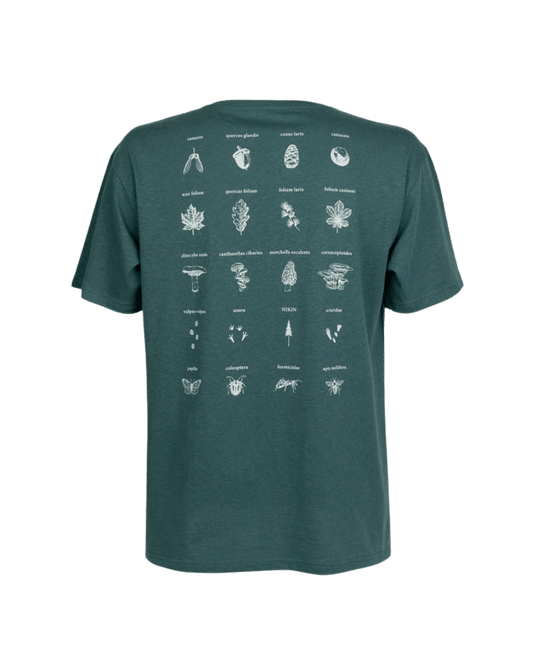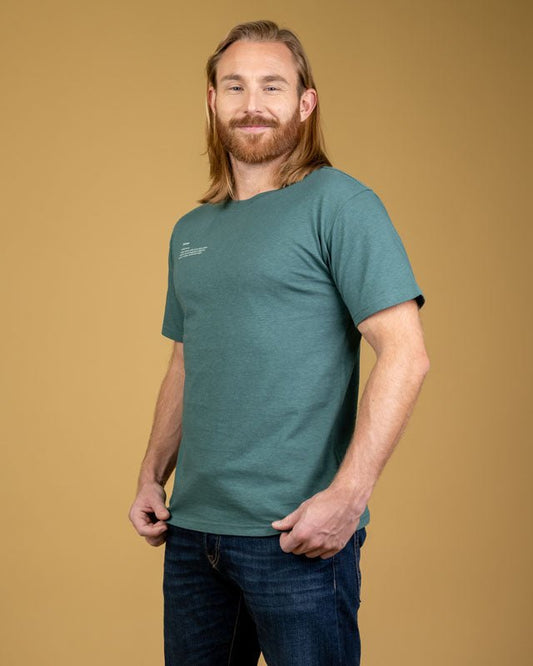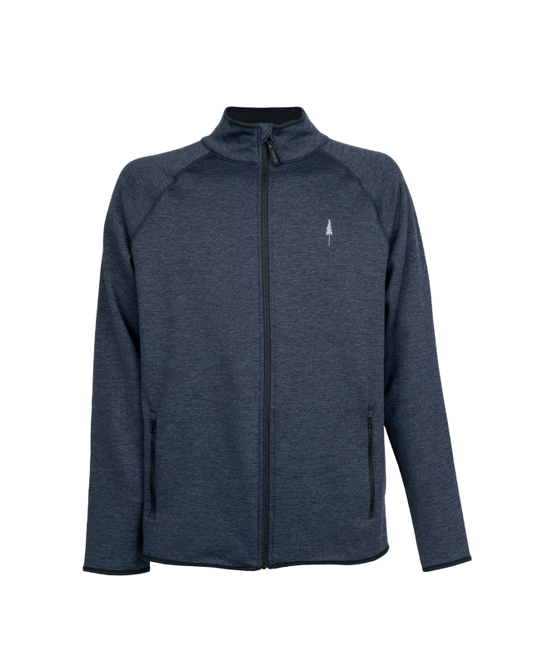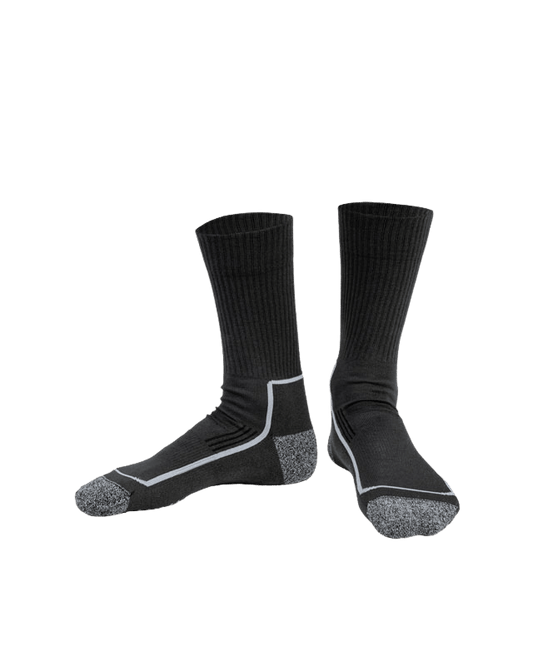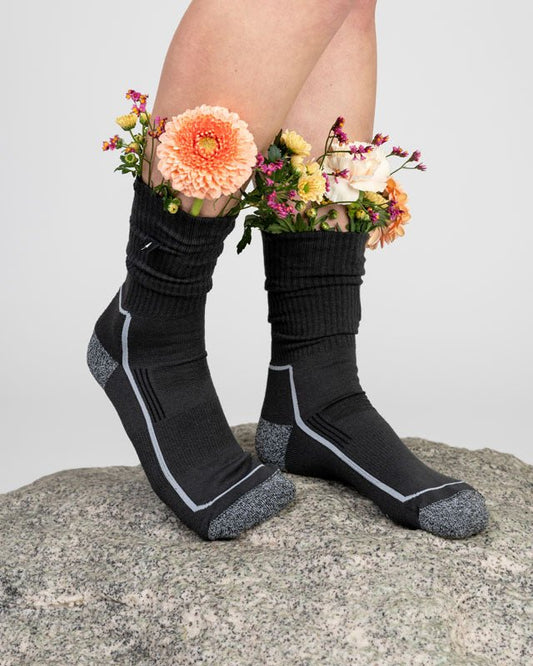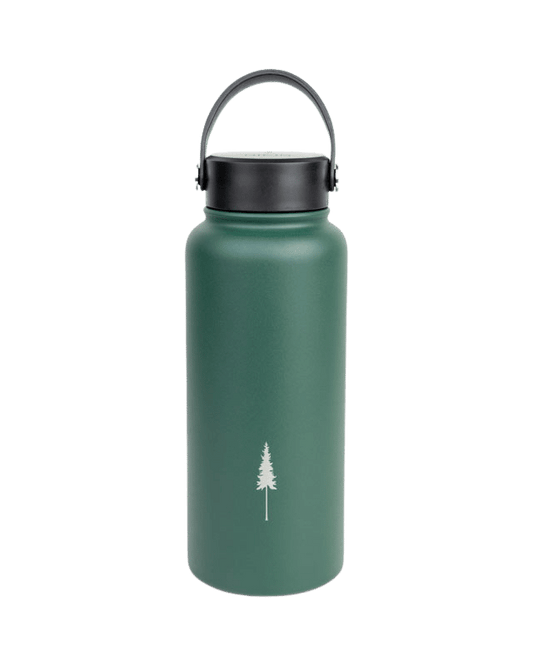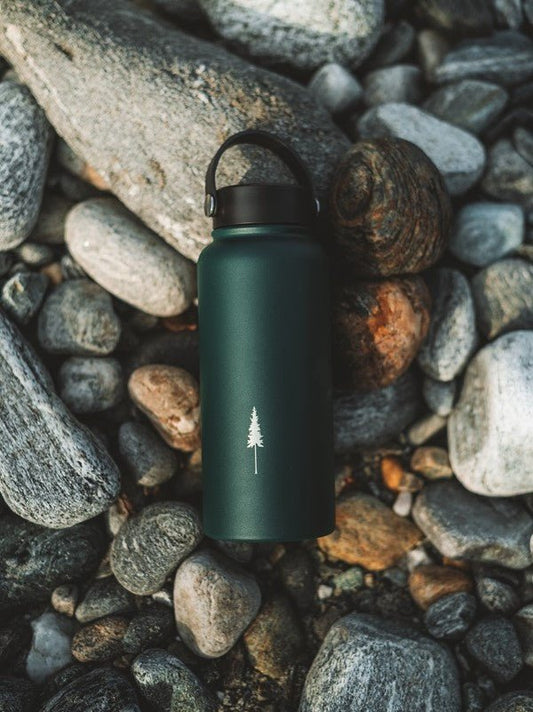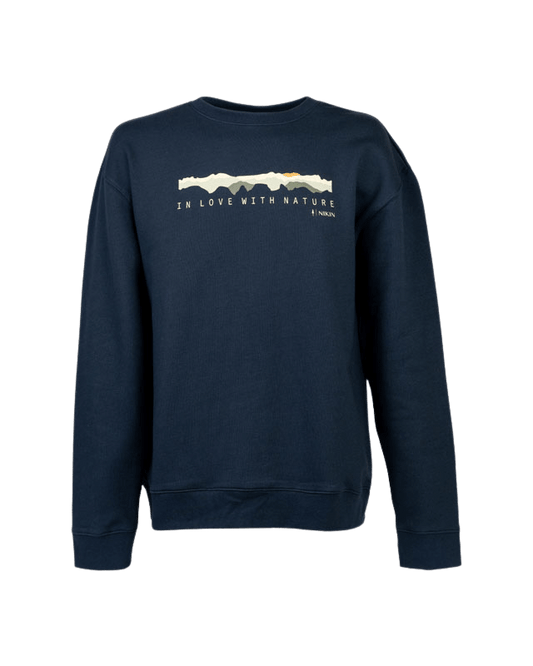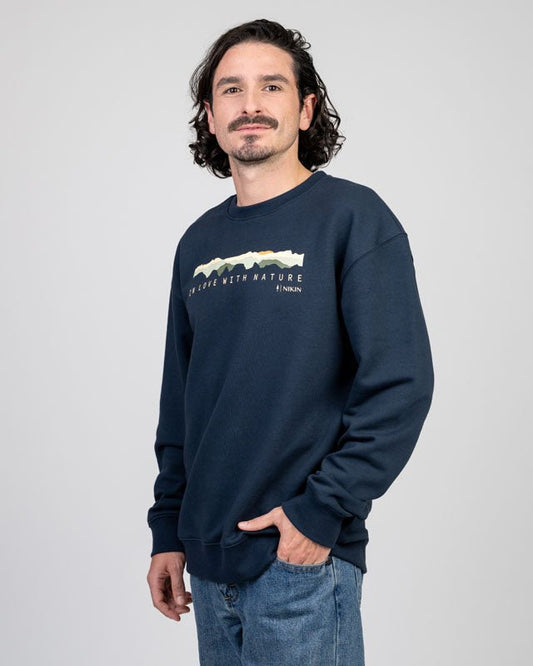Packaging can be a problem for the environment. Especially if the materials used are difficult to recycle. That's why manufacturers are increasingly looking for new, sustainable materials and finding them in the sea and, wouldn't you know it, in sugar....
The most common packaging materials in this country are paper/cardboard, aluminium, tin and plastic. The latter has been subject tolegal restrictions in the EU since 3 July 2021 . Consumers are also becoming increasingly critical of conventional packaging. Manufacturers are therefore looking for new, sustainable materials. We would like to present these to you in this blog.

Plastic in the sea, aluminium promotes CO2
Aluminium and tinplate are particularly harmful to the environment and the climate. According to studies by Worldwatchers, aluminium packaging alone produces 7.57 kilograms of CO2 per kilogram of aluminium! The situation is not much better for tinplate, which still emits 3.11 kilograms of pollutants. At first glance, plastic is in a better position. In the long run, however, it is ground up into microplastics and ends up in the soil and water. Ultimately, we find plastic along the entire food chain, including humans.

Innovation in the packaging sector
But it could also be done differently. In addition to conventional glass, which is well suited for reuse, there are other natural and compostable materials. These include the all-time classic paper as well as these innovative solutions:
- Bagasse: The raw material consists of sugar cane fibres that are left over as a waste product during cane sugar production. They can be processed into containers and paper. At the end of its life cycle, bagasse can simply be thrown into the compost. Sugar cane can also be used to make a plastic that is already being used for Tetra-Paks. NIKIN has also been paper-free for several years and uses sugar cane for everything paper-like.
- Palm leaf: The finished packaging made of palm leaf is just as environmentally friendly and robust as bagasse. Palm leaf is also suitable for disposable cups and plates. These can withstand multiple use and also make a visual impression.
- PLA: Plant-based plastic is another new type of packaging material. The bio-plastic is produced from lactic acid, obtained from sugar and starch. This makes it possible to produce plastic bottles with half the CO2 emissions of conventional PET bottles. After drinking up, the material can be safely added to the green waste.
-
Algae: Containers made from seaweed are already in the test phase. Manufacturers will hopefully be able to use the material for both food and liquids in the future. The great thing about the material is its flexibility in terms of size and shape. Likewise, the material should ideally end up being eaten at the same time.

NIKIN: Where there's a will, there's a way!
Between natural plant fibres and products made of bio-plastic , a broad spectrum of possible alternatives can thus be identified. A lot is possible if the will to change is there. In addition, as a consumer, you have the opportunity to express your opinion and your values with your purchase decision. NIKIN also makes a contribution by, for example, dispensing entirely with plastic packaging for individual products and not using paper from trees. You can read more about our commitment to sustainable packaging in on this blog .







